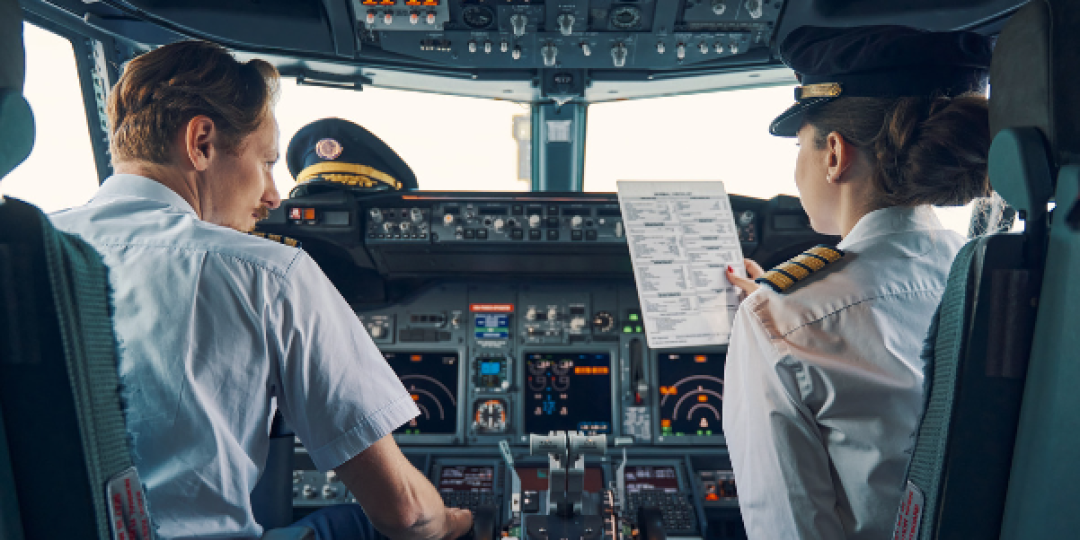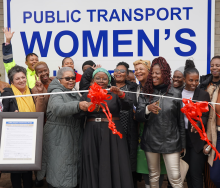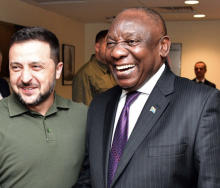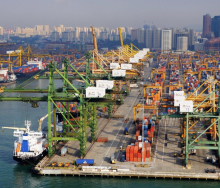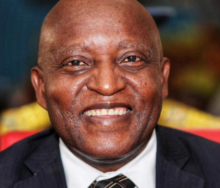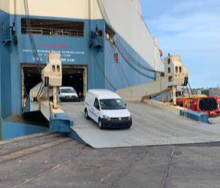While the world suffers from a shortage of pilots, which is becoming more urgent as airlines continue to grow, South African pilots are increasingly opting to leave the country for attractive careers with foreign carriers to meet this shortage.
Japan recently announced that a shortage of pilots would hinder the growth of Japan Airlines and All Nippon Airways and the government’s plans for tourism. Japan currently has about 7 100 pilots and the government has projected that another 1 000 pilots will be needed in the next five years to meet its target of attracting 60 million tourists by 2030, according to Bloomberg.
KLM shares the pilot-shortage concern and recently asked part-time pilots to return to full-time work, warning that the airline would have to ground part of its fleet in 2027 if more pilots were not found.
The Centre for Aviation (Capa) predicts that the intake of new pilots every year needs to be 7% to 8% of the existing active pilot population, for global goals to be met.
Boeing has forecast that 649 000 new commercial pilots will be needed in the next 20 years. This number exceeds Airbus’s prediction that the industry will need 585 000 new pilots before 2041.
Data analyst Statista says the shortage was worsened by the effects of the Covid-19 pandemic, when many airlines were forced to let go of pilots. This was followed by the aviation industry’s recovery and, as the number of flights progresses towards pre-pandemic levels, there are no longer enough pilots to support this growth. It also says that a contributory reason for this shortage is the prohibitively expensive application process for becoming an airline pilot in some countries.
Statista predicts there could be a shortage of 50 000 pilots by 2025.
Many SA pilots have flown the coop
“We are certainly seeing a tightening in the supply of South African pilots, which mirrors the international trend,” said Kirby Gordon, chief marketing officer of FlySafair. Gordon said FlySafair had previously built a database of suitable pilot candidates through recruitment drives and pulled on this database with a strong success rate for appointments when needed.
However, FlySafair has seen the success rate of this strategy dropping, because many of these candidates have already found employment elsewhere. “It seems that a lot of talent is getting mopped up by the bigger international carriers,” he said.
“It’s obviously quite a consideration for a pilot to make the choice to go abroad, especially if they have families here that they will either have to relocate or leave for long periods of time,” said Gordon.
Miles van der Molen, CEO of CemAir agreed, and said due to the brain drain, South Africa was on the verge of a pilot shortage. “We export pilots as a real commodity. A lot of people leave the country for lifestyle reasons.
“So there’s a constant flow outwards. And the restocking of the pool is definitely slower than the departure rate. So it is fairly tight for everyone at the moment.”
The country is producing a significant number of pilots, according to Van der Molen, but it is a long pipeline to take candidates from zero to where they have sufficient experience to command an aircraft. “The pipeline does have a bit of a gap in it from Covid, where nobody did anything.”
According to Van der Molen, the global shortage of pilots is causing the exodus to worsen.
“The US is experiencing a pretty severe shortage, and that’s concerning because that market is so enormous. They recently changed the rules and made it possible for foreign pilots to fly there. They could swallow all South Africa’s pilots and not make a dent in their requirements. So that is something to be extremely worried about.”
Rodger Foster, CEO and MD of Airlink, said the airline had a high attrition rate of 20% per year, with some pilots retiring and others moving to different carriers.
“Airlink pilots are highly sought after by Middle East-based airlines, Emirates and Qatar in particular, and East Asia-based airlines such as ANA, Air Japan, Cathay Pacific and Air Hong Kong.”
Foster said attractive remuneration packages, improved security, lifestyle and family benefits were alluring to young professional pilots.
Source: Travel News.
